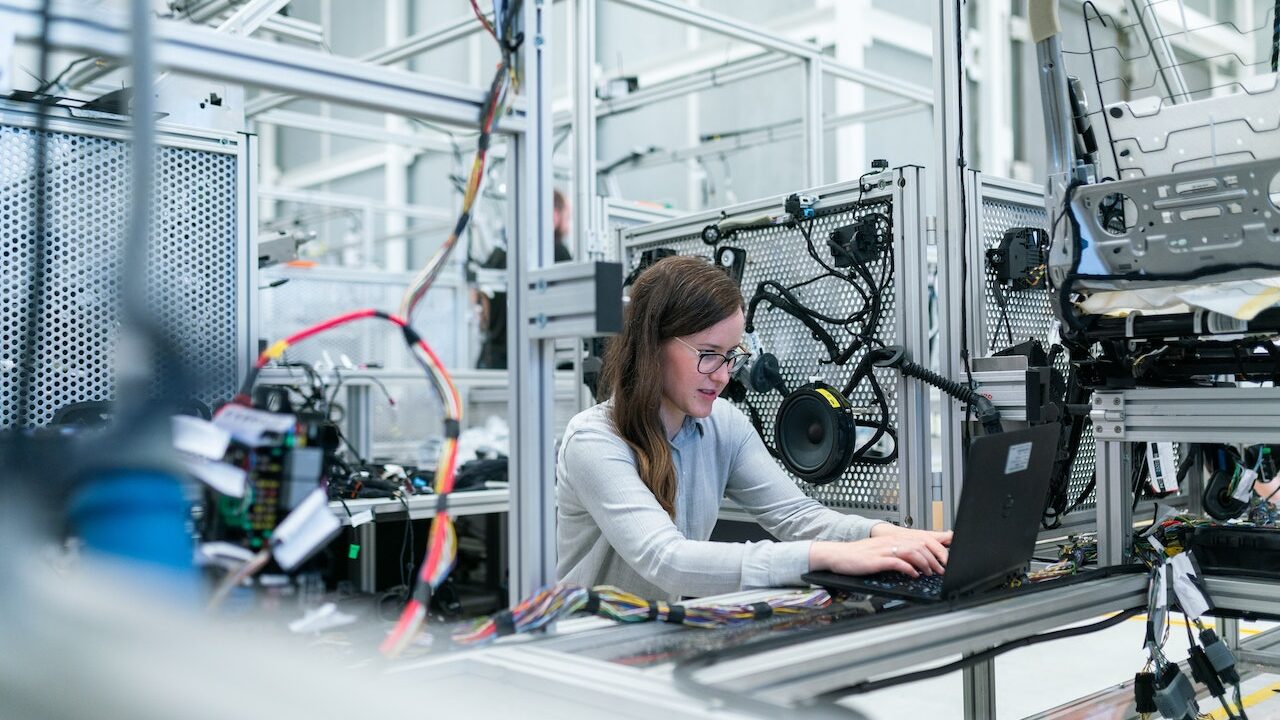
AI technology stands for Artificial Intelligence, which refers to the ability of machines to perform tasks that would typically require human intelligence to complete. AI can be divided into two categories: narrow or weak AI, and general or strong AI.
Narrow or weak AI refers to AI that is designed to perform a specific task or set of tasks, such as image recognition or language translation. These systems are trained to perform a specific function and do not have the ability to learn beyond their initial programming.
General or strong AI, on the other hand, refers to AI that can perform any intellectual task that a human can do. This type of AI has not yet been developed, and its creation is a topic of much debate among AI researchers and scientists.
AI technologies include machine learning, deep learning, natural language processing, robotics, and computer vision. These technologies allow machines to analyze large amounts of data, learn from it, and make decisions or take actions based on that learning.
AI has many practical applications in fields such as healthcare, finance, manufacturing, transportation, and more. It has the potential to revolutionize many industries and change the way we live and work.
The future of AI technology is exciting, as it has the potential to revolutionize many industries and change the way we live and work. Here are some potential developments in AI technology that could shape the future:
- Advancements in machine learning: Machine learning is a subset of AI that involves training algorithms to learn from data and make predictions or decisions. Advancements in machine learning are expected to continue, enabling machines to become more accurate and efficient in tasks such as image recognition, speech recognition, and natural language processing.
- Increased use of deep learning: Deep learning is a subset of machine learning that involves training deep neural networks with multiple layers. Deep learning has been used to achieve breakthroughs in fields such as computer vision and natural language processing, and its use is expected to expand in the future.
- Expansion of robotics: Robotics is an area where AI and machine learning have been applied to create intelligent machines that can perform tasks autonomously. The use of robotics is expected to expand in industries such as manufacturing, healthcare, and logistics.
- Personalization and customization: AI has the potential to enable personalized and customized experiences for consumers, such as personalized recommendations, customized products, and personalized healthcare.
- Integration with IoT: AI and IoT can be integrated to create intelligent systems that can automate and optimize processes. For example, AI-powered sensors can be used to monitor and analyze data from IoT devices to improve efficiency and performance.
- Ethical considerations: As AI technology becomes more advanced and widespread, there will be increased focus on ethical considerations such as bias, privacy, and transparency. It will be important to ensure that AI technology is developed and used in an ethical and responsible manner.
Technology Trends for 2023
New tech trend are based on current market trends and analysis. Here are some potential new technology trends for 2023:
- Continued growth of artificial intelligence (AI): AI has been a major technology trend in recent years, and its use is expected to continue to grow in 2023. Businesses are expected to invest more in AI-based solutions to improve efficiency, productivity, and customer experience.
- Increased use of blockchain: Blockchain technology has been gaining traction in recent years, and its use is expected to expand in 2023. Blockchain can be used for a variety of applications, including secure data sharing, digital identity verification, and smart contracts.
- Advancements in quantum computing: Quantum computing is still in its early stages, but advancements in this technology are expected to continue in 2023. Quantum computing can be used for complex calculations and simulations that are not possible with traditional computers, and it has the potential to revolutionize fields such as finance, healthcare, and logistics.
- Growth of the Internet of Things (IoT): IoT devices, such as smart home appliances and wearables, are becoming increasingly popular, and their use is expected to grow in 2023. Businesses are expected to invest more in IoT solutions to improve efficiency, automation, and customer experience.
- Expansion of 5G networks: 5G networks have been rolling out in many countries, and their use is expected to expand in 2023. 5G offers faster data transfer speeds and lower latency, which can improve the performance of many applications, including virtual and augmented reality.
- Increased focus on cybersecurity: As more businesses and consumers rely on technology, the importance of cybersecurity is growing. Businesses are expected to invest more in cybersecurity solutions to protect against cyber threats and data breaches.
Wrapping Up
As we move into the future, technology will continue to evolve and shape the world we live in. Emerging technologies such as AI, IoT, and blockchain have the potential to transform many industries and improve the way we live and work.
However, with these technological advancements comes the need for responsibility and ethical considerations. It will be important for individuals, businesses, and governments to ensure that these technologies are developed and used in a responsible and ethical manner.
Overall, the future of technology is exciting and holds many possibilities. By staying up-to-date with emerging trends and embracing new technologies, we can continue to push the boundaries of what is possible and create a better future for ourselves and generations to come.








